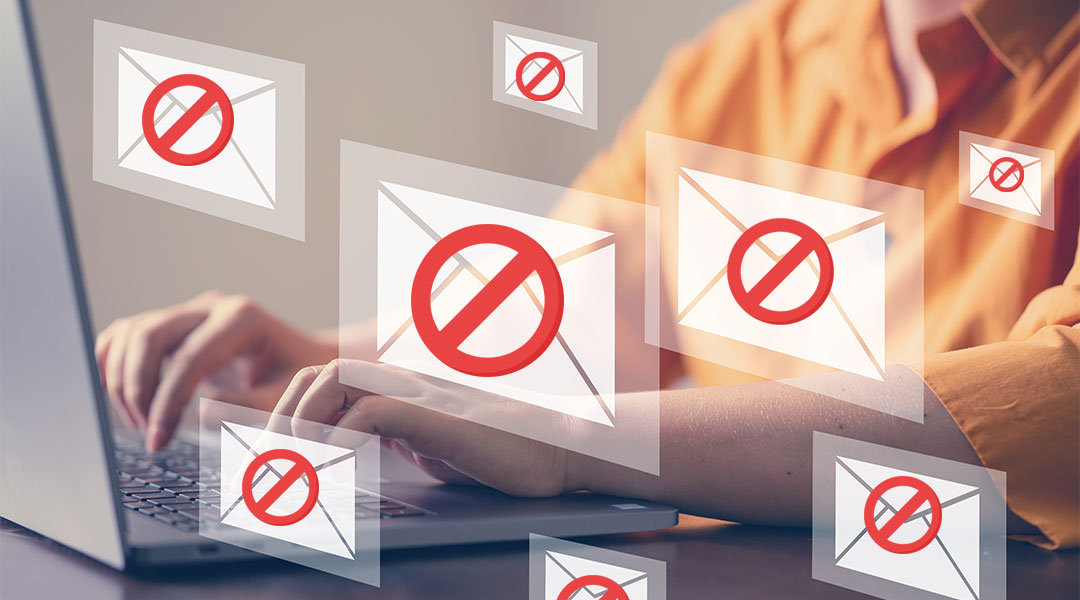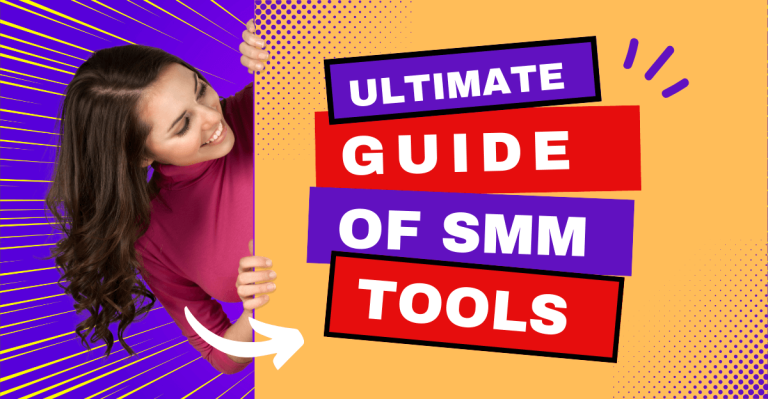Email Block Lists (3/8)
Section 3 - How to avoid email blocking lists
As an email sender you should remain vigilant and follow best practices to avoid being placed on an email blocking list - and the subsequent impact on the deliverability of your campaigns. Unfortunately, many senders end up on exclusion lists and have no idea that this is happening. In this section, we will discuss what exclusion lists are, how to avoid them and how to remove yourself from an exclusion list when necessary.
Today you will find out:
- How blocking list builders identify problem senders
- Ways in which exclusion lists can affect the delivery of your emails
- How to find out if you are on an exclusion list
- How to identify and fix the root cause of your inclusion on such lists
What is an email blocking list?
In this section, we'll talk about exclusion lists (doesn't sound very good, does it?). We'll cover what they are and how you can avoid them.
Let's start with the basics. What is the exclusion list?
An exclusion list is a dynamic list that identifies IP addresses or domains known to send spam or engage in conduct similar to junk mail.
An exclusion list may be internal (or maintained and used by the email provider itself, such as the proprietary Gmail list) or external, which means that it is maintained by a third party and refers to senders and recipients from all over the world.
There are over 300 publicly available exclusion lists today. Some exclusion lists have a greater reputation in the industry and may affect your deliverability more than others.
Blocking lists such as Spamhaus (SBL), Spamhaus (XBL), Composite Blocking List (CBL), SpamCop (SCBL) and Passive Spam Block List (PSBL), among others, are some of the most important IP-based blocking lists.
Some of the domain-based blocking lists include Spamhaus (DBL), Invaluement (ivmURI), Spam URI Blocktime Realtime (SURBL) and URIBL.
How the emails you send are affected
The exclusion lists can seriously affect the possibility of delivery a sender for messages sent from their IP addresses or from their specific DNS (Domain Name Server). When an IP or domain is on an exclusion list, either internal or external, the email addresses will stop receiving incoming messages by the consignor indicated in the entry
Inclusion on any of the lists I mentioned earlier may not cause a general delivery problem and may only affect a sender's email performance in a particular geographic area or with a particular provider.
How are problem consignors identified?

How do block list builders identify these spammers and IP addresses? Well, most Based at (at least in part) in traps that they set up to identify junk mail. They are specifically built by blocking list builders to determine if senders are engaging in spam-like behaviors, including poor subscriber list hygiene practices (yes, "cleaning" is very important). More on this though in the section on subscriber list cleaning. However, in this context, when a sender sends a campaign to a contact list that includes one of these spam traps, the block list operator will detect this action. This is bad news for senders: the sender's IP address or DNS (Domain Name Server) will be added to their exclusion list.
The providers (MBP) often use a data combination publicly available blocking list and an internal blocking list to determine whether to accept an email. An internal exclusion list refers to a list created and owned by email service providers (ESPs) using their own data. It is not uncommon for email senders to end up on one or the other blocking list. However, there are email best practices you can follow to avoid ending up on one of these lists.
How will you know if you are on an exclusion list?
And after all this, you're probably now wondering how to find out if you are on an exclusion list.
Exclusion lists are a serious consideration and it is important for senders to actively monitor their reputation to see immediately if they have been placed on such a list. Ultimately, senders cannot take the necessary steps to be removed from an exclusion list if they do not know from the outset that they are on a list. There are online audit tools where you can do a free check to see if you are on an exclusion list, which may indicate that you have been added to others.
How to get off the list
Then let's talk about the how to get off an exclusion list.
Ending up on an exclusion list is definitely something that takes you back in your email marketing efforts, but it's not the end of the world. There are ways to ask to be removed. Each block list creator has a specific process for removing senders. Alternatively, the exclusion list creator may have a process that removes the sender from the list automatically after reaching a threshold of certain criteria.
And how to never get on an email block list again
When trying to avoid exclusion lists, vigilance is the key. Regularly monitor your exclusion lists. And remember that lists are only one piece of the puzzle. As mentioned in the previous episode, it's also important to monitor your deliverability and all the factors that make up your reputation as a shipper to see if your exclusion list is causing relevant problems. It's possible that being on the exclusion list is not causing any problems at all. Check your SMTP bounce logs for messages that indicate filtering or blocking due to an exclusion list. Understand the volume you are sending to each provider. If an exclusion list affects only a small portion of your list, this information can help you give low priority to removing yourself from that list.
If you find that inclusion on any exclusion list will affect your deliverability, investigate the cause of the inclusion and take the necessary steps to correct it and avoid a similar situation in the future. Ask to be removed from a list when necessary, but first be sure to correct the root cause of your inclusion on that list in the first place. Otherwise, you will be re-listed and the exclusion list may not accept your removal.
If you need help finding out if your domain or sender IP is on an email block list, we can we do it for you completely FREE!
In the next section 3 authentication methods and what are SPF, DKIM and DMARC.



